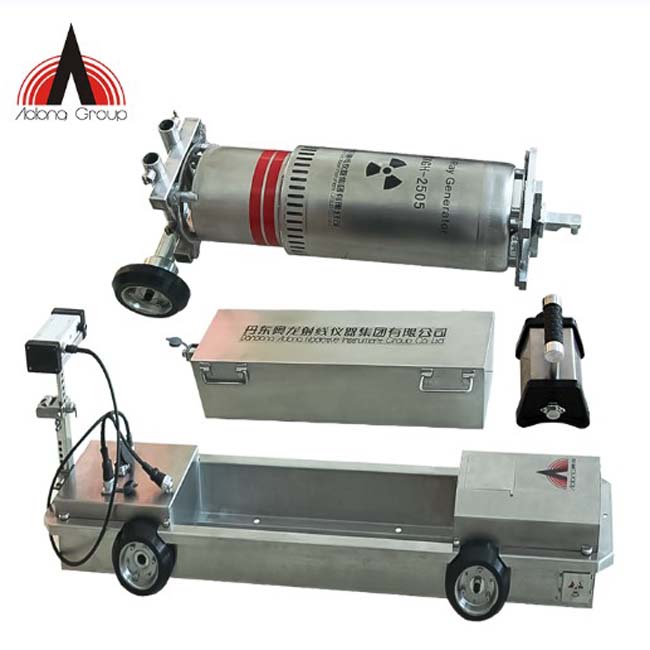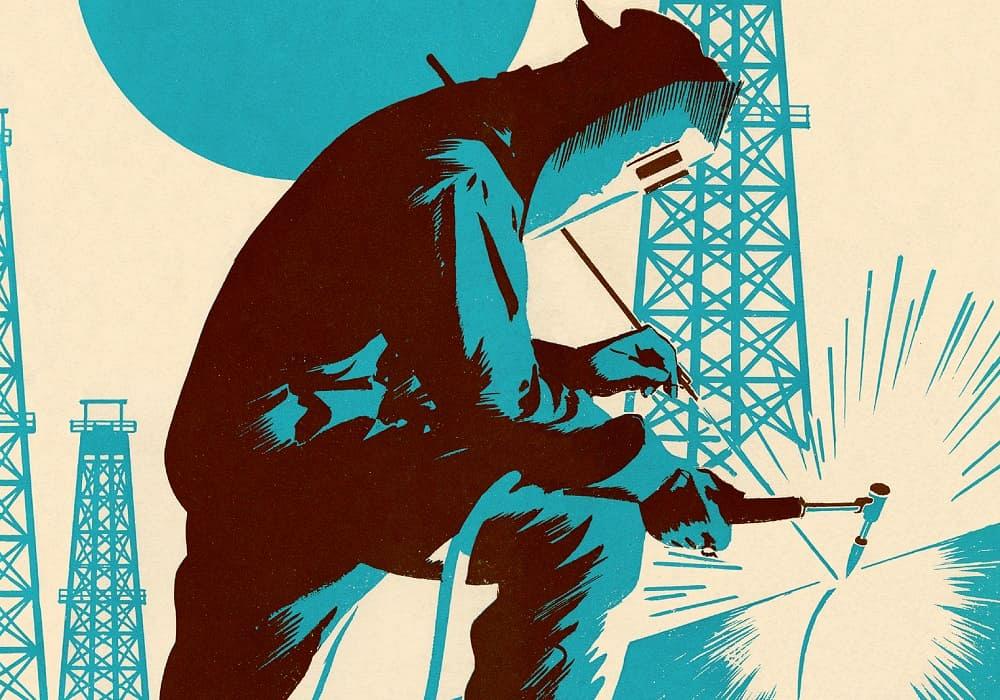Pipeline Welding Inspection: Ensuring Security and Quality in Every Weld
Advanced Strategies in Pipeline Welding Evaluation: Technologies and Technologies for Improved Precision and Reliability in Weld Evaluation
The landscape of pipe welding examination is undergoing a considerable makeover, driven by advanced methods that assure to boost both accuracy and integrity in weld analyses. Innovations such as automated evaluation systems and advanced imaging innovations are redefining traditional practices, while non-destructive testing approaches make sure product honesty is maintained. As these modern technologies advance, they not just raise defect discovery prices but likewise enable more reliable maintenance approaches. However, the implications of these developments extend beyond instant benefits, raising important concerns regarding future methods and requirements in the market.

Importance of Weld Evaluation
Guaranteeing the stability of pipeline welds is essential to the overall safety and security and dependability of commercial systems. Welds work as the architectural foundation of pipelines, which move a selection of liquids under varying pressures. Problems in welding can bring about tragic failings, resulting in not only significant financial losses however also possible environmental catastrophes and hazards to public safety. For that reason, extensive evaluation of welds is indispensable to the lifecycle of pipeline infrastructure.
The significance of weld evaluation prolongs past simple compliance with governing criteria. It serves as an aggressive procedure to identify and fix flaws, such as incomplete combination, porosity, or cracks, prior to they intensify right into serious problems. Reliable evaluation techniques additionally contribute to the long life of pipelines, minimizing maintenance costs and boosting functional performance.
Moreover, detailed weld inspections foster count on amongst stakeholders, including governing bodies, financiers, and the communities offered by these pipelines. By ensuring that all welds satisfy the needed criteria, organizations can alleviate risks and copyright their reputations. In recap, weld examination is important not only for functional stability yet likewise for the more comprehensive ramifications it holds for security and ecological stewardship.
Automated Evaluation Solutions
The assimilation of computerized evaluation systems in pipe welding has actually reinvented the method to guaranteeing weld quality and stability. These systems use advanced robotics and fabricated knowledge to carry out inspections that are not only quicker yet also much more constant than typical approaches. Automated systems can cover extensive lengths of pipelines successfully, recording information that human assessors might ignore as a result of tiredness or environmental problems.
One of the vital benefits of computerized inspection systems is their ability to run in unsafe atmospheres, lowering the risk to human examiners. They use numerous non-destructive screening (NDT) strategies, such as ultrasonic screening and magnetic bit evaluation, to examine weld stability without compromising the framework. The data accumulated is refined in real-time, permitting instant comments and prompt corrective actions when defects are recognized.
Furthermore, automated systems assist in the standardization of assessment procedures, ensuring that each weld is assessed versus consistent criteria. This not only enhances the dependability of outcomes but additionally streamlines compliance with regulatory standards. As markets remain to prioritize safety and operational efficiency, the duty of automatic examination systems in pipe welding will unquestionably broaden, leading the method for much more advanced top quality guarantee techniques.
Advanced Imaging Technologies
Regularly employed in modern pipeline welding inspections, advanced imaging innovations have significantly boosted the capacity to find and examine weld issues. Strategies such as digital radiography, calculated tomography, and thermographic imaging give assessors with high-resolution pictures that disclose sub-surface imperfections and architectural variances that may be unseen to the naked eye.
Digital radiography utilizes digital sensors to record photos, permitting instant evaluation and boosted picture comparison. This leads to quicker examinations and boosted precision in recognizing critical issues. Computed tomography, on the various other hand, provides three-dimensional imaging, allowing assessors to imagine intricate geometries and examine the integrity of welds from several angles - Pipeline Welding Inspection. This depth of analysis is important for identifying click to read more concerns that standard methods may overlook.
Thermographic imaging uses infrared technology to discover variants in temperature level, recognizing locations of possible weakness or stress within the weld. These advanced imaging innovations not just boost problem discovery prices yet also decrease the moment and resources required for pipeline assessments. Consequently, they play an important role in preserving pipeline safety and reliability, making sure conformity with market standards while minimizing operational threats.
Non-Destructive Examining Methods
Using various methods, non-destructive testing (NDT) methods are necessary in pipeline welding assessments, permitting the assessment of weld stability without jeopardizing the material's structural integrity. NDT incorporates a variety of techniques, consisting of ultrasonic screening (UT), radiographic testing (RT), magnetic fragment testing (MT), and color penetrant testing (PT) Each approach has distinct benefits and applications depending upon the specific demands of the assessment.
Ultrasonic testing makes use of high-frequency audio waves to spot internal problems, offering exact measurements of weld density and integrity. Pipeline Welding Inspection. Radiographic screening utilizes X-rays or gamma rays to produce pictures of the weld, revealing internal flaws that might not show up externally. Magnetic fragment testing is efficient for pop over to this web-site finding surface and near-surface discontinuities in ferromagnetic materials, while dye penetrant screening highlights surface area cracks by utilizing a colored color
Incorporating these NDT approaches right into pipe welding inspections improves the accuracy and dependability of weld analyses, ensuring that prospective failings are identified early. As industries require higher requirements for security and efficiency, the role of NDT in maintaining the stability of bonded frameworks remains to be essential in pipeline building and maintenance.

Future Trends in Weld Evaluation
As we want to the future of weld analysis, advancements in innovation are positioned to reinvent the approaches employed for evaluating pipeline honesty. The integration of expert system (AI) and artificial intelligence in evaluation procedures is anticipated to enhance the precision of imperfection discovery and predictive upkeep. These technologies enable real-time information evaluation, making it possible for inspectors to identify prospective concerns prior to they intensify right into significant problems.
In addition, making use of drones equipped with advanced imaging systems is gaining traction. These aerial examinations can cover vast locations promptly, capturing high-resolution images and information that can be assessed for problems in hard-to-reach locations. This not just enhances safety but additionally boosts efficiency in the examination process.
Additionally, the development of wise sensing units embedded in pipeline systems supplies the capacity for constant surveillance. These sensors can identify changes in pressure, temperature, and resonances, providing important understandings into the health and wellness of the welds with time.

Verdict
Finally, the combination of innovative techniques in pipe welding evaluation dramatically improves the accuracy and integrity of weld assessments. Developments such as computerized evaluation systems, advanced imaging innovations, and non-destructive testing methods play an important function in enhancing defect detection prices and promoting aggressive maintenance strategies. As these modern technologies proceed to evolve, they will certainly additionally make sure the security and effectiveness of pipeline systems, ultimately adding to the honesty of crucial infrastructure.
